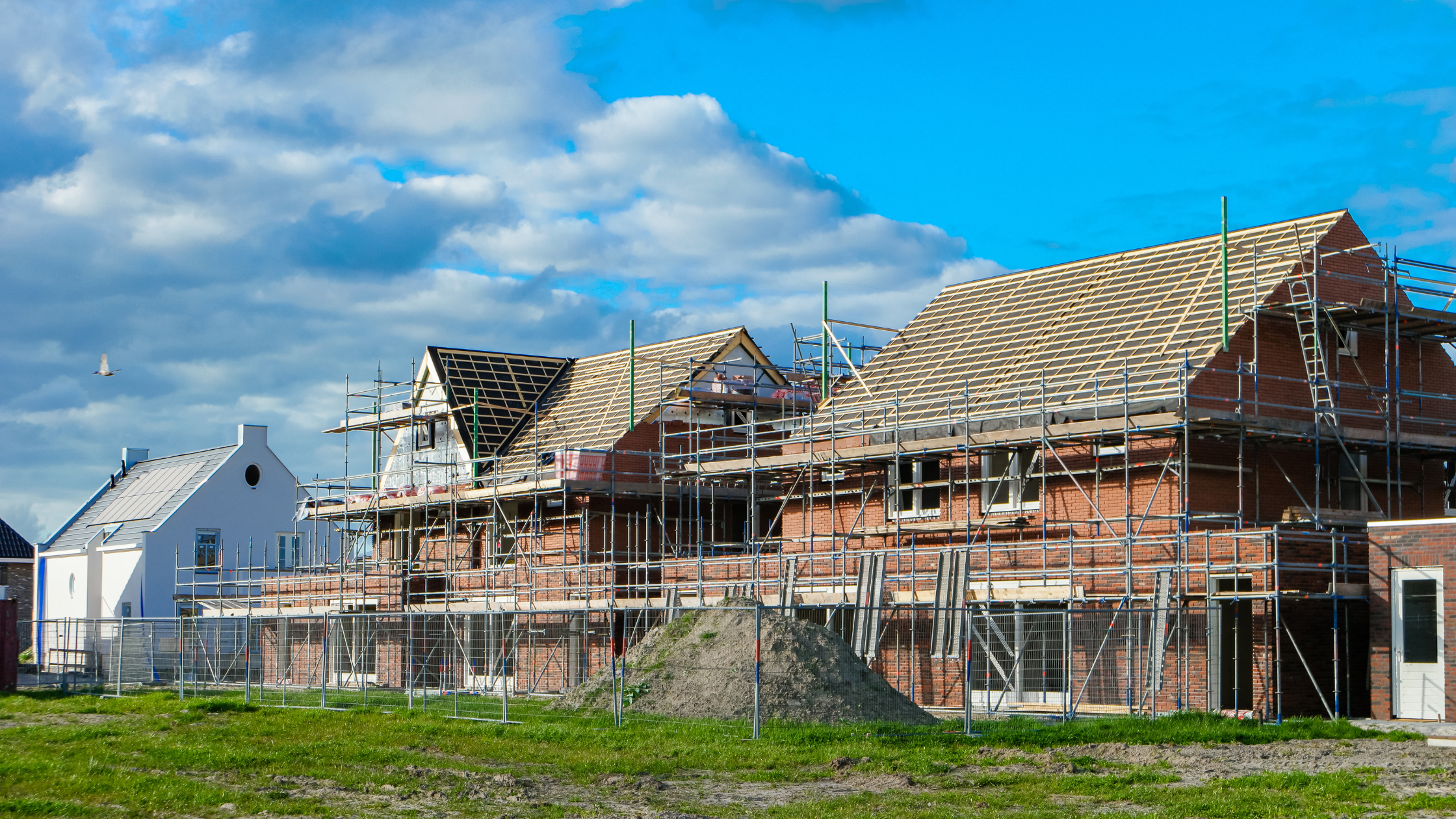To ensure that new build properties meet specific standards for sound insulation, sound insulation testing needs to be done. It’s a requirement for all new build properties that share a party wall to have sound testing carried out, to ensure compliance with Building Regulations Approved Document E. Sound insulation testing is especially important for new build properties when noise is being tested for the very first time. Here’s why it’s something that can’t be overlooked.
What is Sound Insulation Testing?
One of the main focuses of sound insulation testing is how much noise is generated through day-to-day use of the property – for example, people talking, children playing, music being played and generally moving around – and how much this noise travels.
The aim of sound insulation testing is to see how well walls, floors and ceilings prevent noise travels, to ensure everyone has a comfortable living environment with a minimal amount of noise pollution. Testing looks at airborne sounds and impact sounds – both of which we have explained below – and ensures the property complies with regulatory standards.
Airborne Sounds vs. Impact Sounds
In sound insulation testing, two types of noise are looked at. It’s important to test airborne sounds and impact sounds, as both affect the comfort and noise levels of a new build, but in different ways. Here’s what makes them different:
- Airborne Sounds – These are noises that travel through the air. This includes people talking, music and television sounds. To test how well new builds block these sounds, a controlled noise is generated on one side of the wall or floor, and sound levels are recorded on both sides. This checks how much noise travels through from one side of the wall or floor to the other, which gives an indication of how well it insulates against airborne sounds.
- Impact Sounds – Impact sounds are slightly different, as these are noises caused by direct contact. This includes footsteps or things being dropped on the floor. These sounds travel through the structure of the building, rather than the air. To test for impact sounds, a tapping machine simulates impact on the floor above, while sound levels are measured in the room below. This indicates how well the floor prevents impact sounds from being transmitted through the property. It is important to note that impact sound is only measured through partition floors and not through partition walls.
Why is Sound Insulation Testing So Important in New Builds?
- Regulatory Compliance – New builds need to comply with certain regulations, one of which is sound insulation. If a property doesn’t comply, it’s unlikely to be signed off. Sound insulation testing ensures that properties minimise noise pollution and create a comfortable environment for residents. If a new build doesn’t meet the required standards, sound insulation testing will highlight this.
- Improving Quality of Life – High standards of sound insulation improves living conditions for new build residents by reducing noise from neighbours and other attached properties. This is particularly important in highly populated areas or buildings of multiple occupancy, such as flats and maisonettes.
- Preventing Conflicts – Noise complaints are a common source of disputes between neighbours, but ensuring that new builds are properly sound insulated can help to avoid these conflicts from arising. With less noise pollution, there’s likely to be fewer noise complaints.
- Health and Wellbeing – Having to deal with excessive noise at home can lead to stress, disturbed sleep and occasionally, health issues. Sound insulation testing ensures that the amount of noise that travels is kept to a minimum, ensuring the property is as quiet and peaceful as possible.
- Ensuring Privacy – At the end of a long day at work, people don’t want to return home and have to deal with excessive noise from their neighbours, even if it’s just muffled talking or the television. A good amount of sound insulation improves privacy by reducing noise transmission between homes, and sound testing will determine if insulation needs to be improved.
Do All Rooms Need to Be Tested for Sound Insulation?
Though sound insulation testing isn’t done in all rooms, it is done on the most important parts of a home. Sound insulation testing is required in habitable rooms in a property. These are spaces where people spend a significant amount of time, such as bedrooms, living rooms, and open plan kitchen and living areas. Testing these rooms ensures that sound insulation is effective in spaces where noise control is most important. By focusing on these rooms, sound insulation testing helps to reduce disturbances from neighbours, making sure that the living environment remains as peaceful as possible.
What Happens if a New Build Doesn’t Comply with Sound Insulation Testing?
If a new build doesn’t comply with sound insulation testing, it can lead to development delays and additional costs, and it’s unlikely to be signed off. Without compliance, you may need to undertake further work to improve property’s sound insulation. This could involve fitting insulation materials or altering walls, floors or ceilings. These changes are likely to be expensive and time consuming, which is why it’s important to organise sound insulation testing as early as possible.
It’s a good idea to have sound insulation testing done before kitchens and bathrooms are installed, as this will allow you to identify and resolve any issues early on. You don’t want to have just finished installing a kitchen, to then find out extensive soundproofing needs to be done. By testing at this stage in the construction process, you can make necessary adjustments before the new build is complete.
To find out more about when the right time is to book in a sound insulation test, or to organise sound insulation testing in a new build, contact our experts today.



